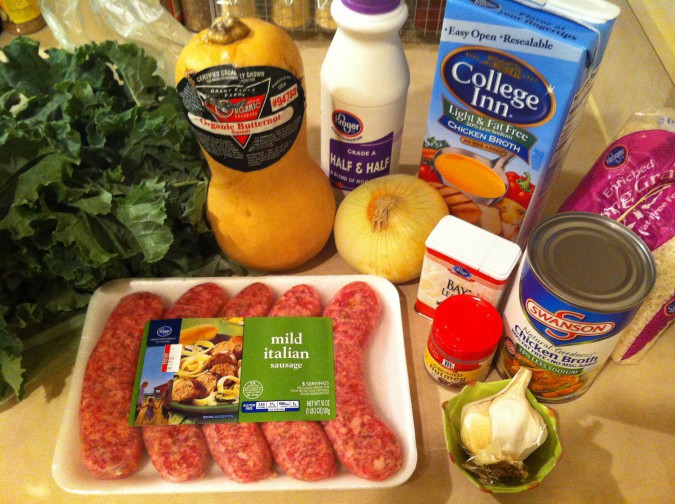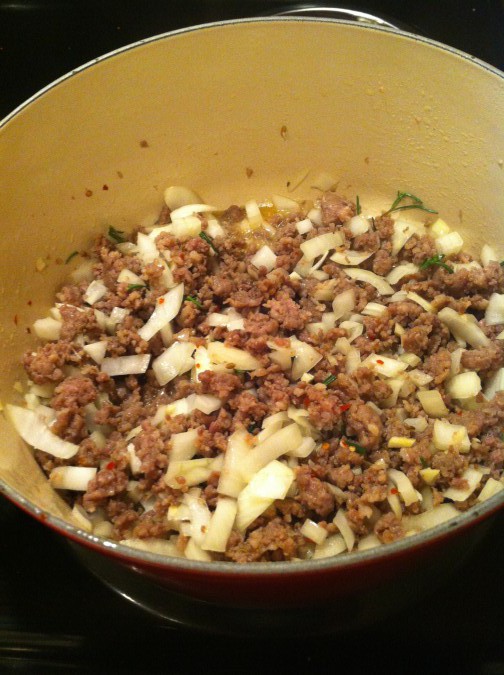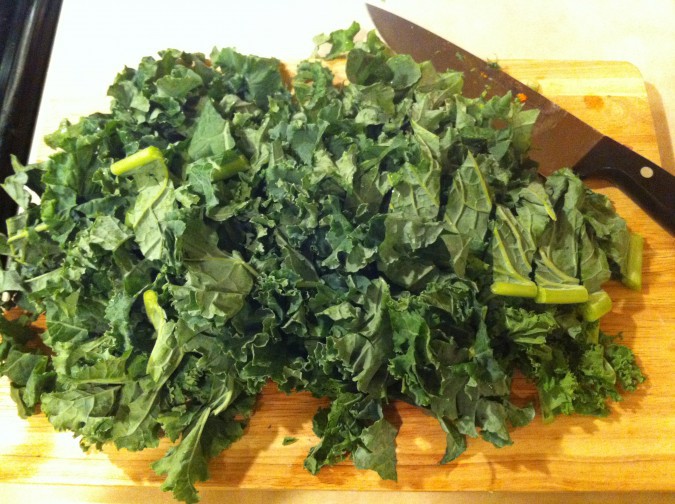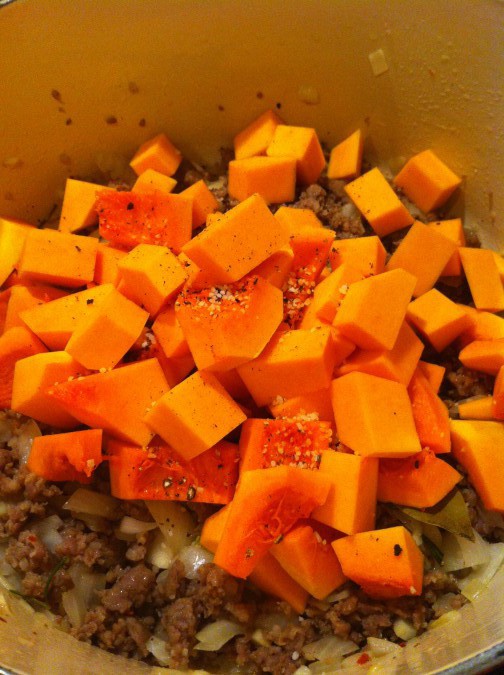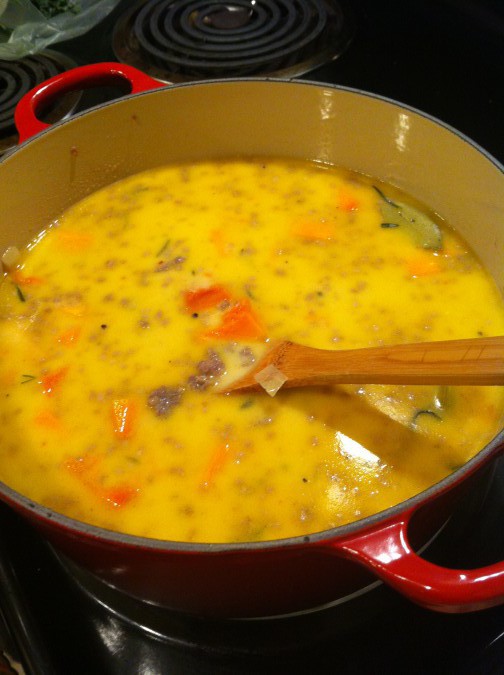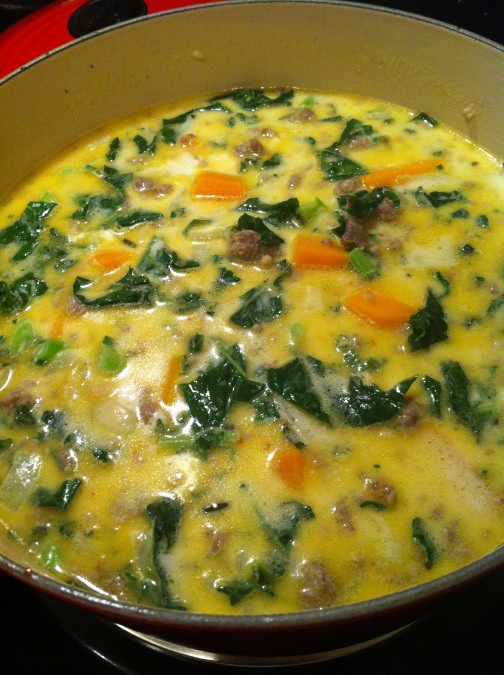rest.
I’m taking a class on Sunday nights at church called Life Keys: Discovering Your Design. Basically for every session we look at a different personality evaluation and think about where we fit on its given spectrum, but it’s all done through the lens of having been created by a Designer for a Purpose. So as we figure out things about ourselves, we’re able to examine what that might mean as far as a vocation, as far as leisure time, and as far as relationships with our spouses, friends, and family. I’ve been feeling a bit at loose ends lately, so I’m hoping doing some of this soul searching will give me some clarity, or even just peace about why I am the ways I am.
I missed last Sunday’s class, but I got together with the instructor for coffee to talk about the lesson. It was on values, which the book defines as things that:
- feel important to you,
- define your fundamental character,
- supply meaning to your life and work,
- influence the decisions you make,
- compel you to take and stand, and
- describe atmospheres where you can be productive.
The exercise walks you through a list of values and has you rank them into a list of 8 that are very important to you. My eight ended up being:
- competency
- control
- efficiency
- fairness
- financial security
- productivity
- organization
- stability
Sensing a bit of a theme there? My instructor did, and as we were talking about what competency, control, and productivity meant to me and how I lived those values out, he looked at me and said, “How do you rest, Laura?”
I squirmed a little and then I said, “Cooking? To which he pointed out that if that’s my rest, then even my rest involves doing. It’s true, although I still think it can be a form of rest. The kitchen is definitely one of my happy places.
I read a lot, and I suppose that is a way of resting, but I don’t approach my books in a restful manner. Unless I’m completely engrossed, I’m often thinking, “I really could/should be doing x, y, z right now instead of enjoying this book.” And more often, I use reading as a reward: “I’ll sit down and read after I finish cleaning the bathroom and get dinner in the oven.” But the list of things I have to do first often grows and grows, until it is bedtime and I have yet to pick up my book. So I guess it’s clear that I struggle to prioritize rest, and in fact can hardly think what rest would feel like or look like for me personally.
On Saturday, I spontaneously decided to go see the newest Twilight movie. I actually really like going to the movies by myself. I splurged on a Diet Coke and a popcorn, and as the lights went down and the theme music poured out of the speakers I thought, “Ah! This feels sort of like I’m maybe resting.” I was completely taken away by the movie–this might belong to a different post, but for what it’s worth, I found the emotions much more real in this one, and something about those darn CGI wolves just tugged right at my heartstrings! I thought the ending was well done and the end credits were pretty epic. ANYWAY, as I practiced escapism in its truest form, I realized I felt rested. I should do that more often.
BUT, as a list-maker, organizer, and doer, adding any “shoulds” to my repertoire could be dangerous. Once something becomes a should, I’m likely to make time for it–but at that point, will it even be restful anymore?
At church yesterday, as the pastor introduced communion and invited us to the Lord’s table, he said, “Brothers and Sisters, come take your meal and find your rest.”
Whoa.
It gave me pause to hear the table described like that, and also the timing for his particular invitation was uncanny.
I clearly don’t have the answers about rest, but I’m sure hoping to find some, because I think I need it, especially going into the busy-ness of the holiday season.
How do you rest?












